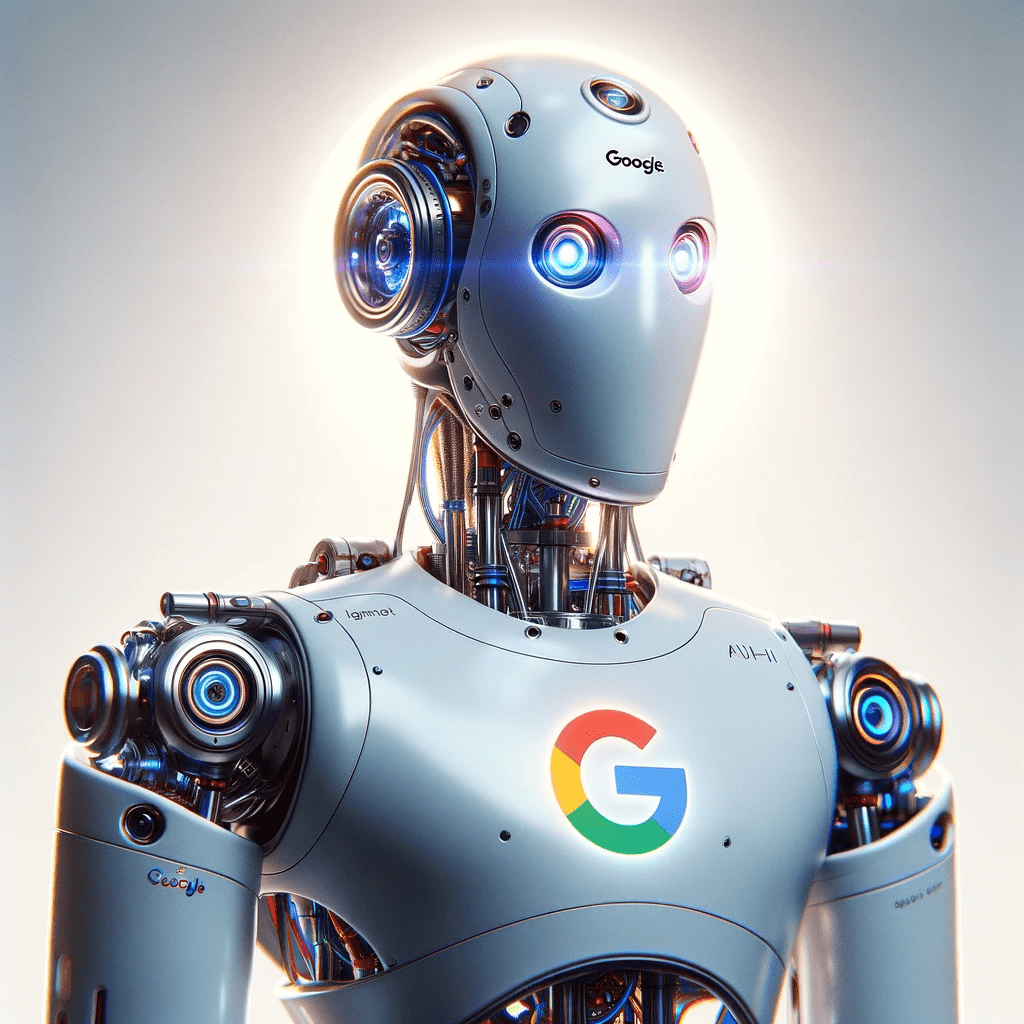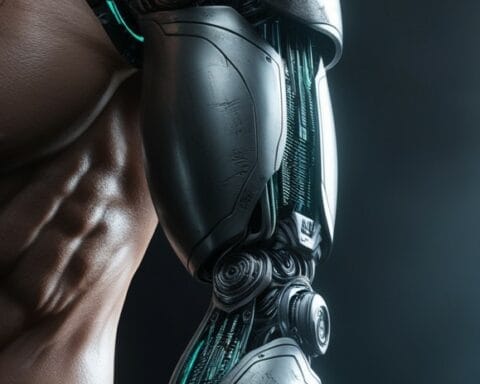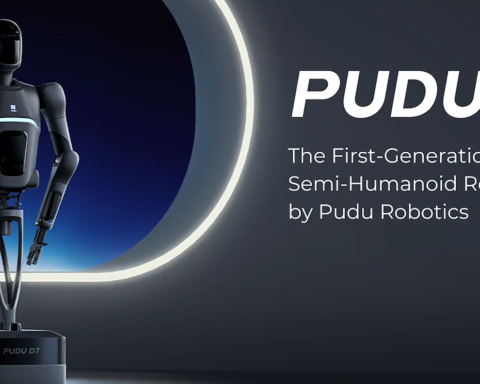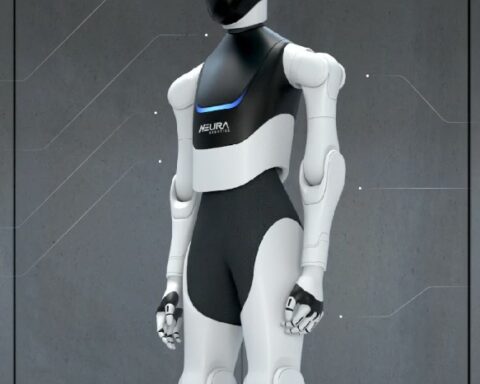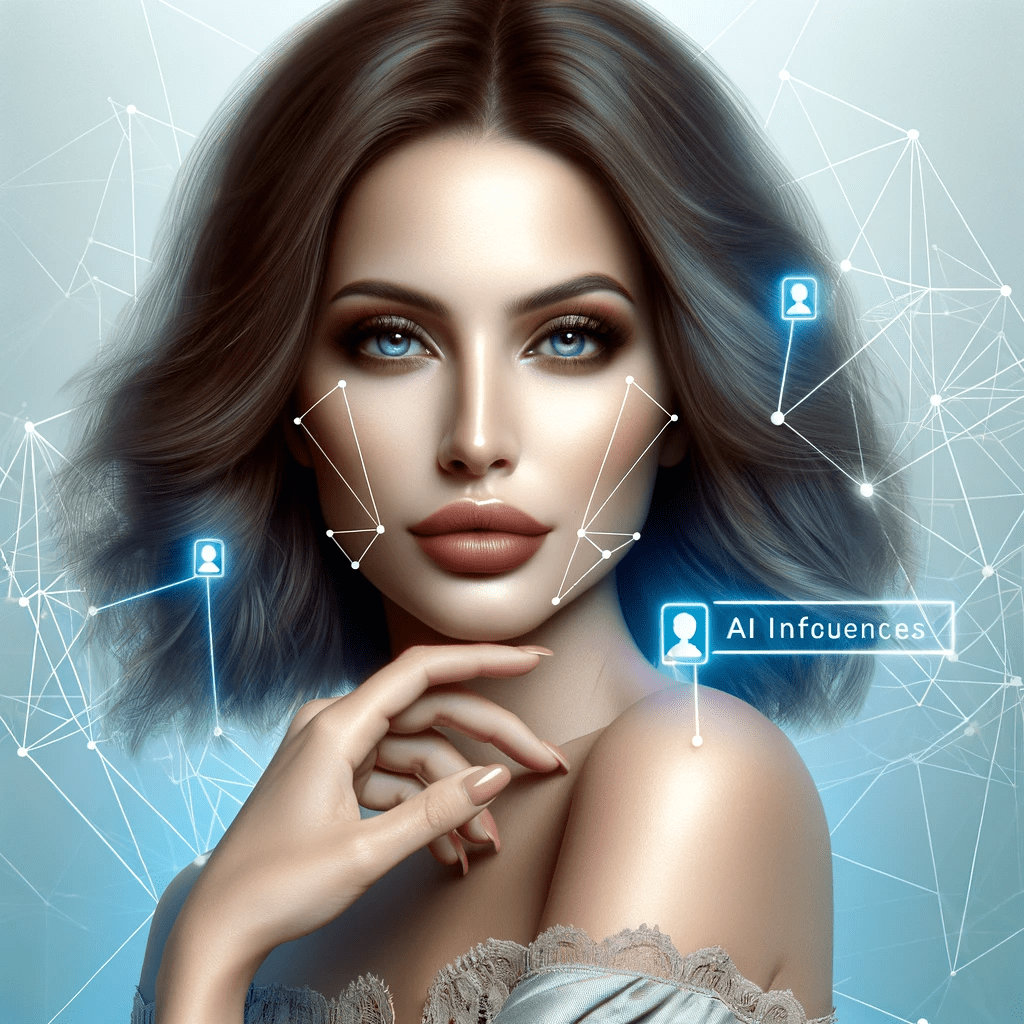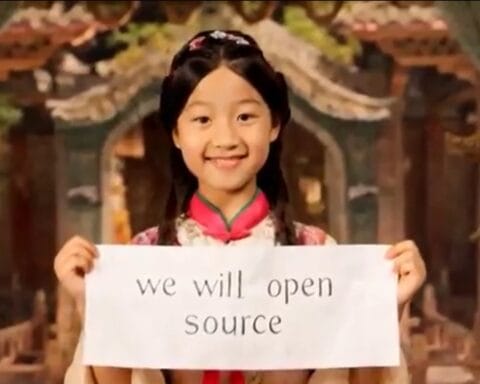Last Updated on January 5, 2024 3:28 pm by Laszlo Szabo / NowadAIs | Published on January 5, 2024 by Laszlo Szabo / NowadAIs
Google’s Robot Constitution: Pioneering Safe AI Robotics – Key Notes
- Google’s DeepMind Robotics Team: They have introduced significant advancements aimed at enhancing the safety, speed, and precision of robots in dynamic environments.
- AutoRT System: A combination of VLM and LLM, the AutoRT system is central to Google’s AI robotics. It enables robots to understand their environment and make safe, appropriate decisions regarding their tasks.
- Robot Constitution: Inspired by Asimov’s “Three Laws of Robotics,” this set of guidelines ensures robots avoid tasks that could be harmful, prioritizing safety in AI decision-making.
- Safety Measures: Google’s robots are designed with automatic halt mechanisms and a manual kill switch, reinforcing the commitment to safety in AI technology.
- Technological Innovations: DeepMind’s SARA-RT and RT-Trajectory are further enhancing the capabilities of Google’s robotics, contributing to the development of more autonomous and efficient service robots.
Google DeepMind’s Advances in AI Robotics
Google’s DeepMind robotics team has recently announced significant advancements in AI robotics, aiming to enhance the speed, precision, and safety of robots in uncontrolled environments.
One such development is the AutoRT system, which, along with the Robot Constitution, is setting new safety standards in the realm of artificial intelligence.
The AutoRT system combines a visual language model (VLM) and a large language model (LLM) to enable robots to comprehend their surroundings, adapt to new settings, and select suitable tasks.
This system, inspired by Isaac Asimov’s “Three Laws of Robotics,” focuses on safety, guiding the LLM to avoid tasks involving humans, animals, sharp objects, and electrical appliances. The implementation of this Robot Constitution ensures that robots can operate efficiently without causing harm to people or their surroundings.
Deployment and Testing of AutoRT Robots
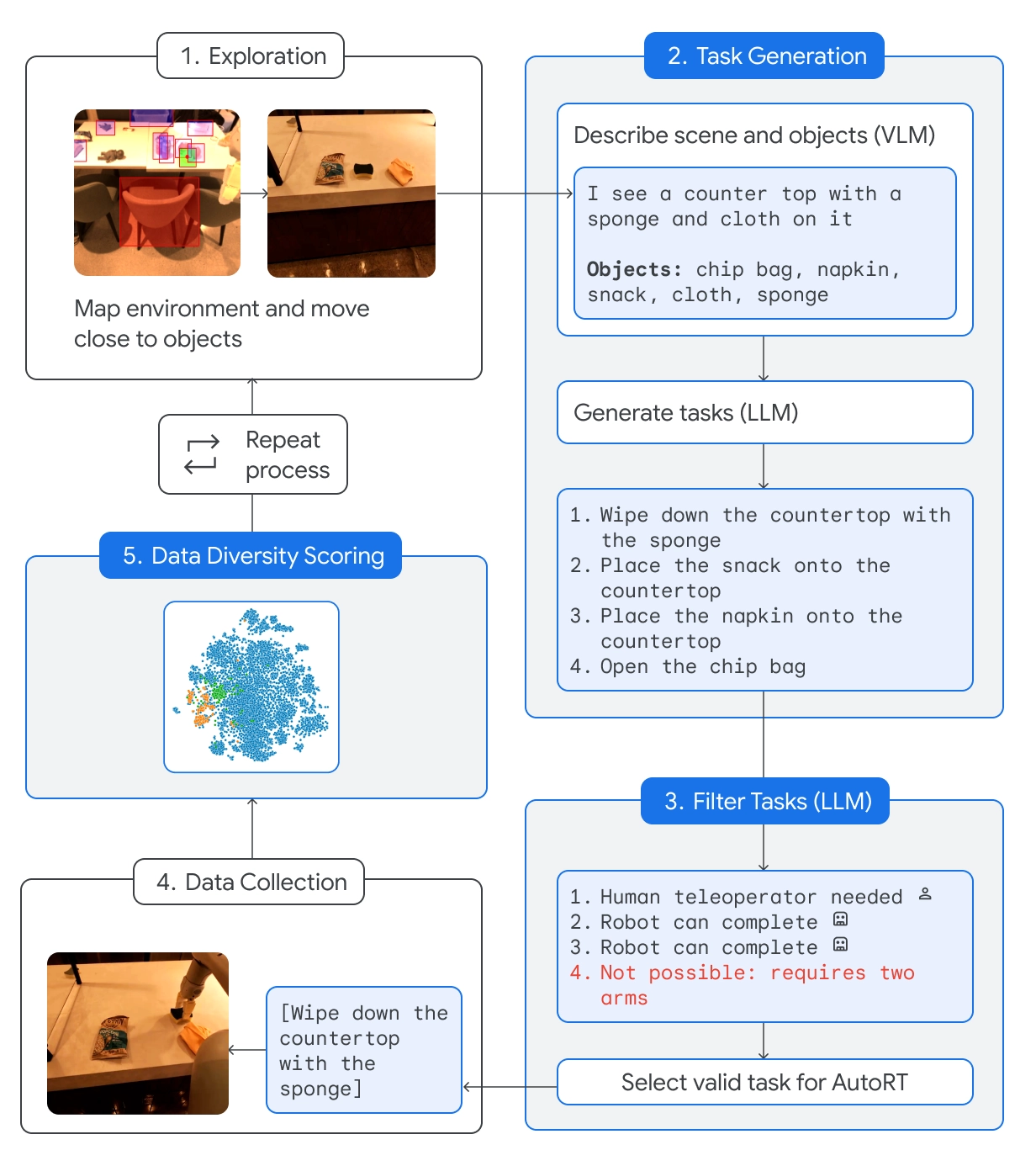
Google tested the effectiveness of the AutoRT system by deploying 53 robots across four office buildings over seven months. These robots, each equipped with a camera, a robot arm, and a mobile base, were involved in more than 77,000 trials.
The trials varied in operational modes, ranging from remote human operation to complete autonomy, utilizing Google’s Robotic Transformer (RT-2) AI learning model. This extensive testing underscores Google’s commitment to developing AI technology that is both innovative and safe.
Enhanced Safety Measures for AI Robotics
In their pursuit of safe AI technology, Google’s DeepMind team has implemented additional safety measures in their robots. These include programming that triggers an automatic halt if the force on their joints exceeds a specified threshold.
Furthermore, each robot is equipped with a physical kill switch, allowing human operators to deactivate the robots as an additional safety precaution. These measures reflect Google’s dedication to creating AI and robotics technology that prioritizes human safety and well-being.
Further Developments in AI Robotics
Besides AutoRT, DeepMind has introduced two other significant technologies: SARA-RT and RT-Trajectory. SARA-RT is a neural network architecture that enhances the accuracy and speed of the existing Robotic Transformer RT-2.
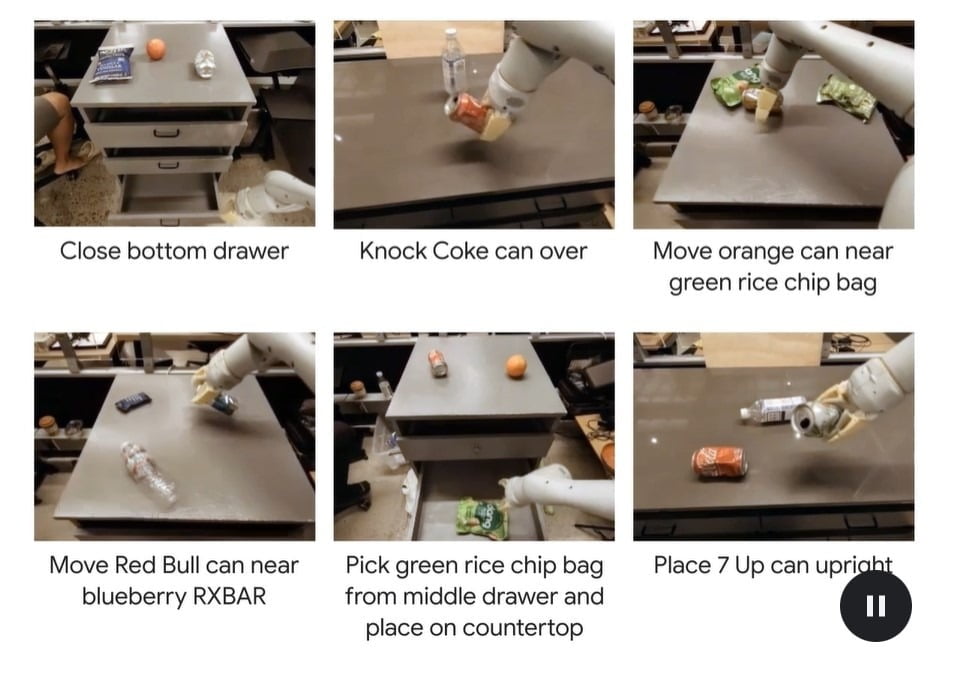
RT-Trajectory, on the other hand, adds 2D outlines to assist robots in performing specific physical tasks more efficiently.
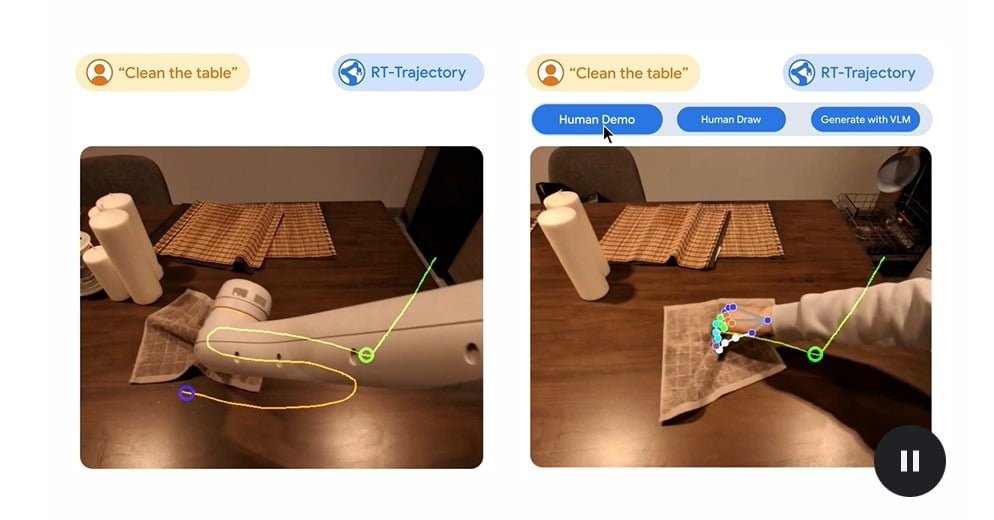
These developments in AI and robotics bring us closer to creating autonomous robots capable of carrying out a variety of tasks while ensuring safety and efficiency.
What’s ahead?
Google’s Robot Constitution represents a significant step forward in the field of AI and robotics. By focusing on safety and efficiency, Google is paving the way for more advanced, autonomous service robots.
While fully autonomous service robots are still a distant goal, systems like AutoRT are crucial in advancing towards that objective.
As we continue to witness the rapid development of AI and robotics technology, initiatives like Google’s Robot Constitution will play a vital role in shaping a future where robots can safely and effectively integrate into our daily lives.
FAQ Section
- What is Google’s Robot Constitution?Google’s Robot Constitution is a set of safety-focused guidelines, inspired by Isaac Asimov’s “Three Laws of Robotics.” It directs Google’s AI-driven robots to avoid tasks that could be hazardous to humans, animals, involve sharp objects, or electrical appliances.
- How does the AutoRT system work?The AutoRT system combines a visual language model (VLM) and a large language model (LLM) to help robots understand their environment, adapt to new settings, and make appropriate task decisions. This system is a crucial part of Google’s AI and robotics advancements.
- What are the safety measures in Google’s AI robots?To ensure safety, Google’s robots are programmed to automatically halt if the force on their joints exceeds a certain threshold. Additionally, each robot is equipped with a manual kill switch, allowing human operators to deactivate the robot if necessary.
- What other technologies has Google’s DeepMind developed?Besides AutoRT, DeepMind has introduced SARA-RT, a neural network architecture that improves the Robotic Transformer RT-2’s accuracy and speed, and RT-Trajectory, which aids robots in performing specific physical tasks more effectively.
- What does the future hold for Google’s AI robotics?While fully autonomous service robots are still a long-term goal, Google’s advancements in AI and robotics, including the Robot Constitution, are critical steps towards achieving it. These technologies pave the way for more sophisticated and safe autonomous robots.
